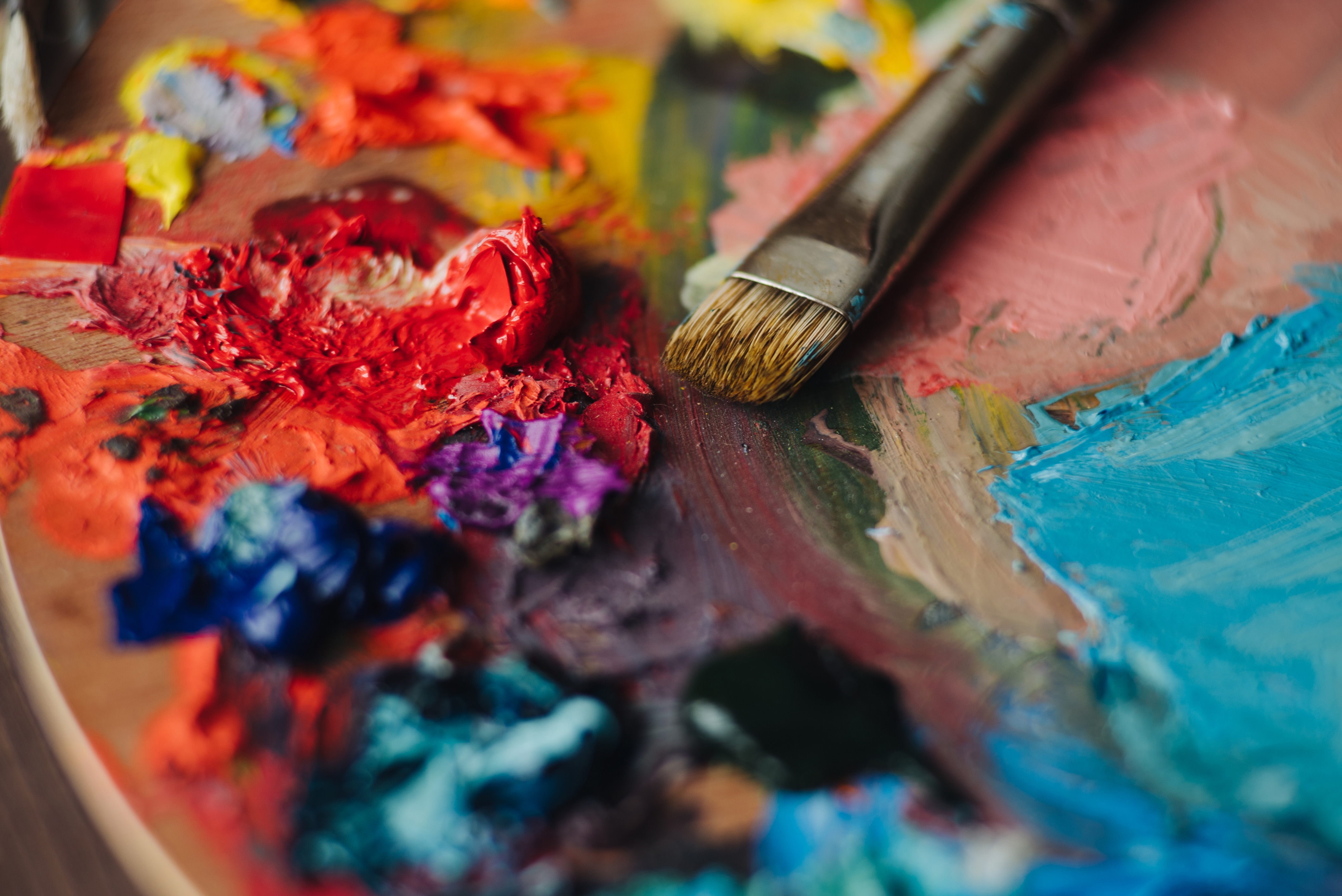Creative expression has always been a key pillar of human development and achievement. Our ability to create through art is a sign of our physical, mental, and emotional well-being, allowing us to reach heights and satisfaction that would otherwise be difficult to attain. The same is true for people with dementia. As their memories and mental faculty fades rapidly with the progression of their condition, they have to deal with not only the reality of the disease but the unfortunate stigma which comes with it.
To quote Bob DeMarco, “Persons living with dementia are usually capable of more than we can imagine”. This is indeed true, as they have surprised us time and again and how sound their minds and bodies remain despite their deteriorating condition – and they can only do so when given the opportunity.
Art is one way in which they can express what’s on the inside – their mental states, emotions, thoughts, and ideas – and put them on paper or canvas, allowing us a rare glimpse of what goes on in the deepest recesses of their minds, and hence create a better understanding and bond. Here are some reasons why art is such a beneficial tool for people with dementia, and that paintbrushes, not swords, are their weapon of choice.

Art allows them to lose themselves – in a good way
Being engrossed in an enjoyable activity can be highly cathartic, as it relieves us of our worldly fears and limitations and expands our capabilities. Through the process of artistic activities like painting or moulding clay, people with dementia can lose themselves in the process of creation, lessening their levels of anxiety and allowing them to gain some control over their environment.
Art is a tool for communication
Where words fail, pictures speak. How many times have we struggled to put a thought or an idea into words, only to be shown a picture which conveys everything we wanted to say and more? Communication can be a huge challenge for many with dementia, as they lose their train of thought or struggle to use the right words. Art allows them to “speak” to us, through colours, shapes, and forms, bypassing the roadblocks to verbal communication and weaving stories they would otherwise struggle to tell.
Art fosters a sense of dignity
One reason why our loved ones with dementia tend to lapse into bouts of mood swings is due to their frustration at losing their ability to do things. While brushing their own teeth used to be routine, it has now become a fumbling mess. Art in its purest form is inclusive, and the freedom to use it will restore the belief and dignity Alzheimer’s patients have in themselves; that they are still able to produce with their very own hands.
Tips to keep in mind
- When planning an art activity for your loved one, keep its level of difficulty to a minimum. Art can soothe and encourage, but when executed wrongly, can frustrate persons with dementia. Keep the project on an adult level without demeaning them.
- Make sure the materials used are safe and non-toxic. Avoid using sharp tools.
- Be patient. Art is all about the process and less of the finished product. Let them take their time and savour the activity.
- Keep talking. Conversations are a great companion for the artistic process. Gently probe on their choice of colours and shapes.



